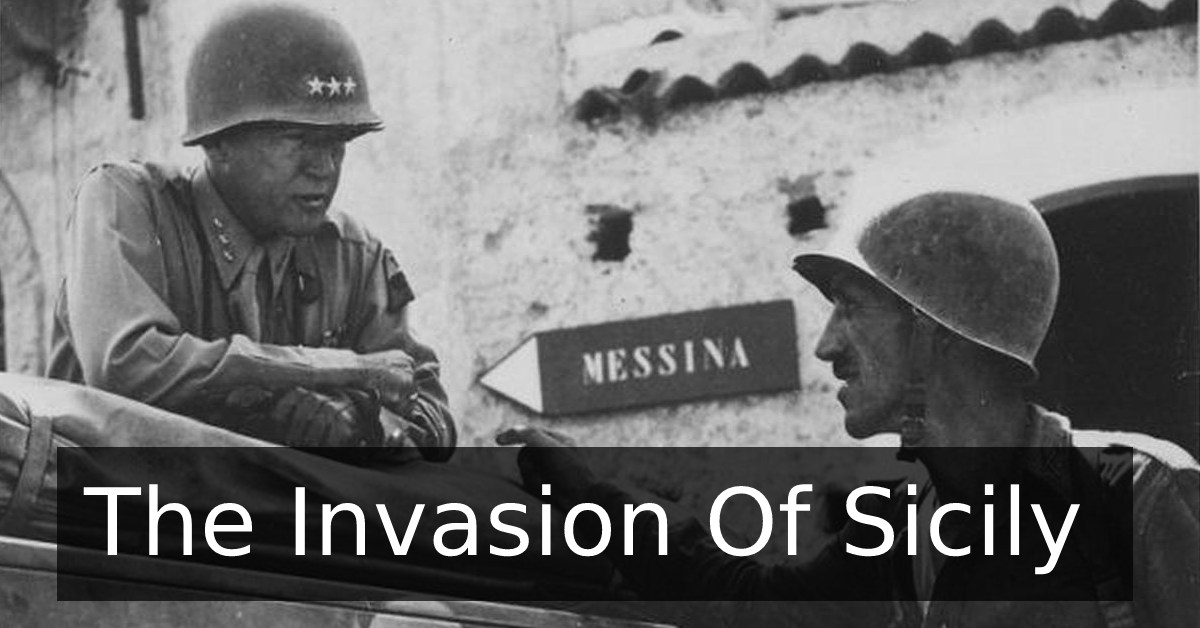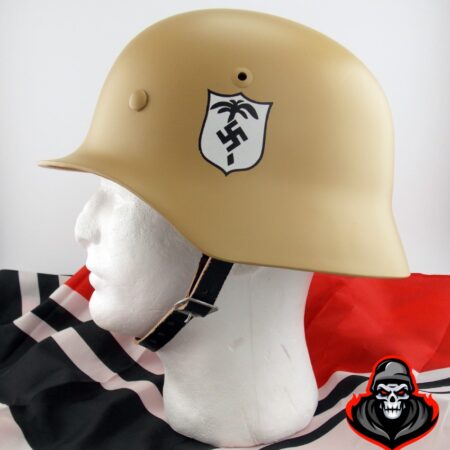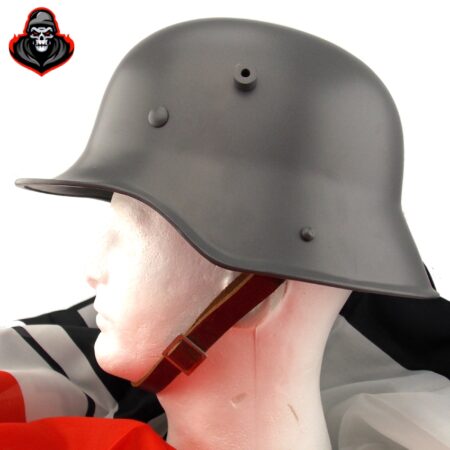Opening a Southern Front: Operation Husky and the Allied Invasion of Sicily (9 July – 17 August 1943)
Generally speaking if we hear mention of the Allies invading Nazi-occupied Europe during the Second World War we conjure up images in our heads of the June 6th, 1944 when several hundred thousand Allied troops landed on the beaches of Normandy in northern France. But this was not the first front opened by the British and Americans with their other allies such as Canada and the Free French in Europe during the Second World War. Ten months earlier an equally huge naval and military operation had been launched by the Allies to open a southern front in the Mediterranean. It began with the invasion of Sicily from North Africa.
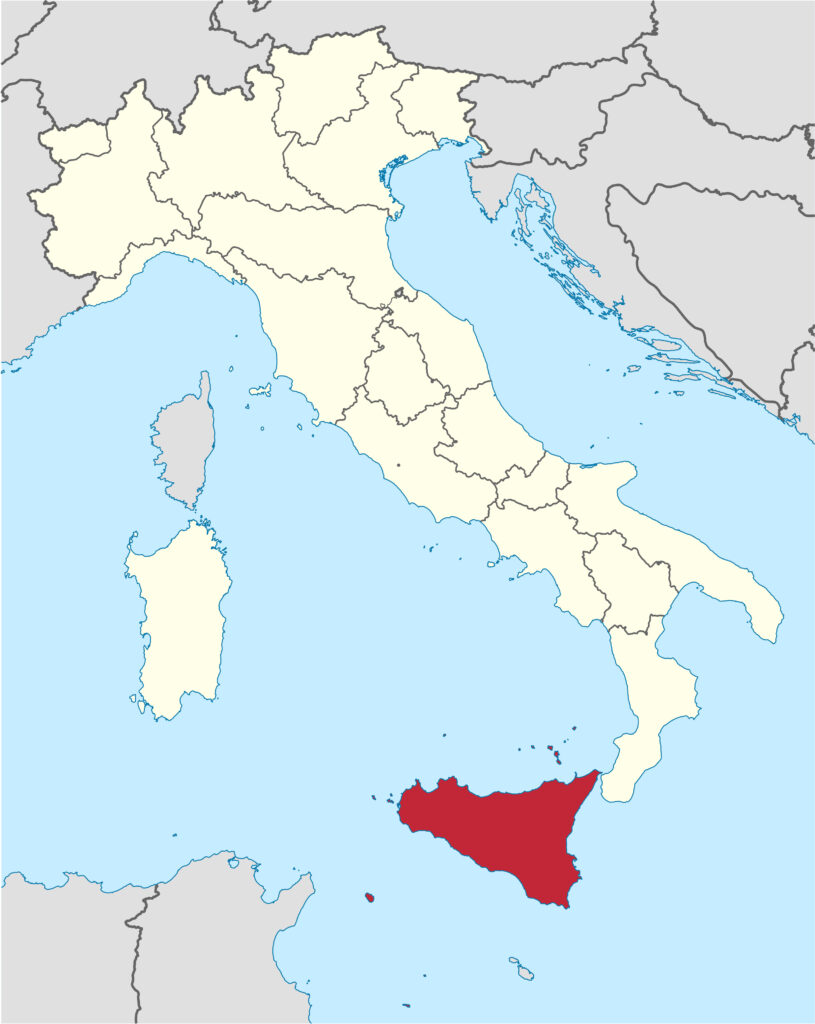
Plans for an invasion of southern Europe were first prepared at the Casablanca Conference in Morocco in January 1943. After a bitter desert campaign against the Germans and Italians throughout 1941 and 1942 in Egypt, Libya and Tunisia, the North Africa Campaign was drawing to a conclusive victory for the Allies. At Casablanca it was agreed that a southern advance into Italy should follow soon after. This would serve both to secure marine traffic across the Mediterranean for the Allies and also offer the possibility of knocking Italy out of the war. The target chosen for the assault was the island of Sicily with its proximity to Tunisia and strategic position in the center of the Mediterranean. The name given to the planned campaign was Operation Husky.
This was to be a joint US-British military operation, with some considerable contributions from the Free French, Canadians and British Commonwealth nations. Overall command would lie with the US General Dwight Eisenhower, with several other commanders including the British General Bernard Montgomery and the US commander George S. Patton also playing prominent parts. A force of 170,000 men, along with 600 tanks, 14,000 vehicles and nearly a half a million ancillary personnel were allocated towards Husky, an endeavor which until the D-Day landings of 1944 would briefly hold the record as the largest amphibious military campaign ever undertaken.
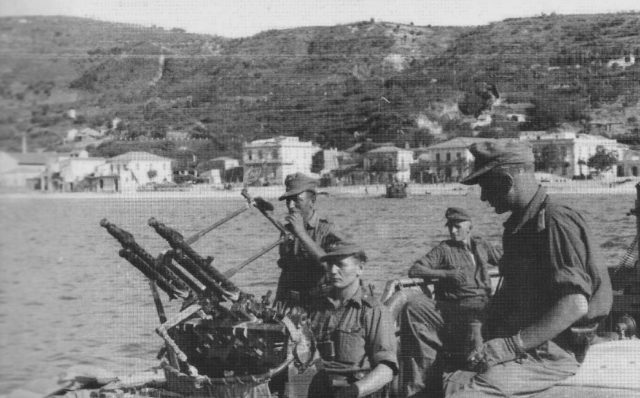
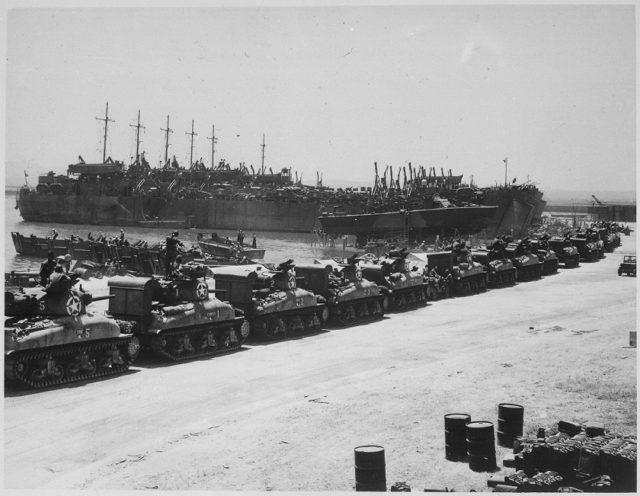
The Axis powers knew that an invasion of Italy was eminent and were preparing for the same. Accordingly the Allies hit on a plan in mid-1943 to dissimulate about where and when they would launch their Mediterranean offensive. This was codenamed Operation Mincemeat and was launched in April 1943. Through this the body of a Welshman who had accidentally died from ingesting rat poison was released near the shores of Spain from an Allied submarine. Documents falsely highlighting how the Allies intended to invade southern Europe through landings on the island of Sardinia and southern Greece were left on the corpse. When these were discovered by the Spanish authorities, who were nominally neutral, but which had close relations with the fascists in Berlin and Rome, they were passed onto the Axis command, which now diverted extensive resources to these two areas. As a result Sicily was not reinforced as well as it should have been in the months leading up to the invasion. Nevertheless, it was still very well defended, with well in excess of 300,000 Axis soldiers and personnel.
Operation Husky eventually commenced on the 9th of July 1943 with an airborne and naval bombardment of strategic sites on Sicily, the Allies enjoying a major advantage in terms of numbers of large ships and airplanes available for the campaign. Amphibious landings then began the following morning, involving nearly 3,000 warships and transport landings. The overall strategic campaign plan was for two concerted forces to land along the south coast of Sicily and then split up, one securing the city of Syracuse and then heading directly up the east coast to capture Messina near the straits of the same name which led to mainland Italy, and the second fanning out westwards to secure the island before driving back northeast to meet up with the other forces near Messina.

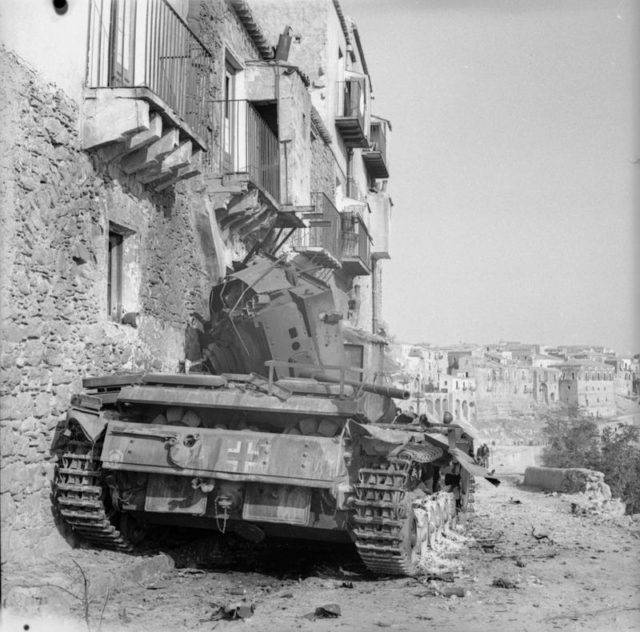
Because they had been largely caught unprepared, the Axis were unable to resist the initial landings and by the night of the 10th of July the Allies had secured most of the southern beachheads. The campaign proceeded quickly thereafter. Patton led the advance into central and western Sicily and had secured the major northern city of Palermo by the 22nd of July. In the east Syracuse fell in mid-July and by the 23rd of July the Allies had advanced half way up the east coast. Thereafter progress slowed in the foothills of Mount Etna leading to bitter fighting in the northeast of the island in the last days of July and early August.
Meanwhile, the main effect of the campaign in mainland Italy was the overthrow of Benito Mussolini after twenty years in power. In addition to the launching of Operation Husky, the Allies had bombed Rome itself in mid-July, leading many within the National Fascist Party to turn against Il Duce. On the 25th of July Mussolini was dismissed as the Italian prime minister by King Victor Emmanuel and was replaced by Pietro Badoglio, a general and former viceroy of Italian East Africa.

However, this change of government certainly did not signal an end to Italy’s involvement in the war. There was no question of surrender at this point, though once the region around Mount Etna was secured by the Allies in the second week of August it was realized that the defense of Sicily was futile. On the 11th of August the German Field Marshal, Albert Kesselring, ordered the evacuation of all Axis forces across the Straits of Messina to mainland Italy. This was affected over the next six days, such that when Patton finally rolled into Messina on the 17th of August over 100,000 Axis personnel had been evacuated from Sicily.

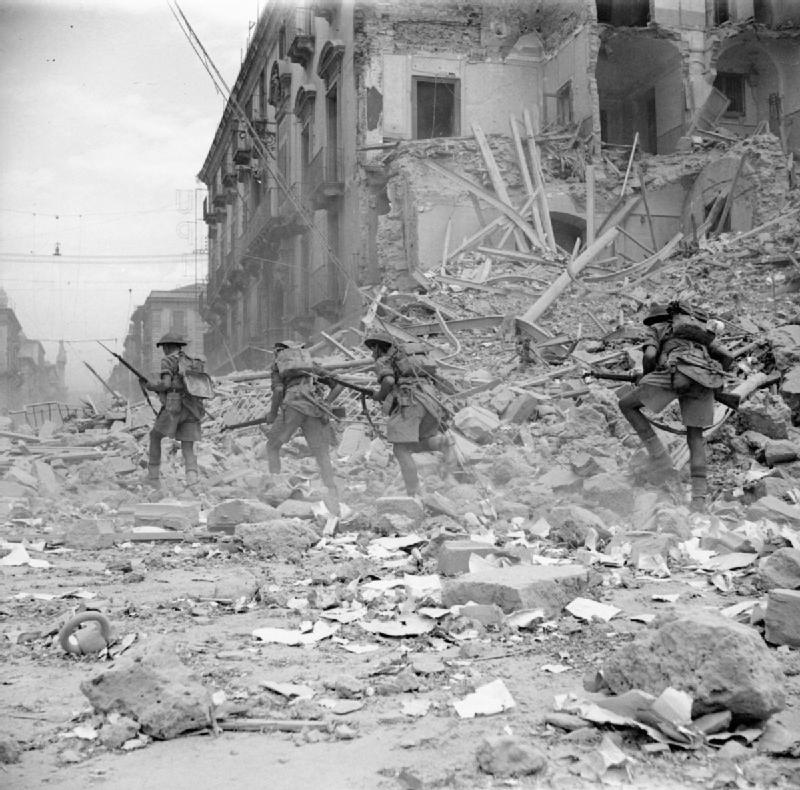
Despite the relative success of the Axis evacuation, Operation Husky was on the whole an enormous victory for the Allies. It not only opened a southern front and gave Britain and the US control of the Mediterranean shipping lanes, but it resulted in the death or capture of over 150,000 Axis soldiers and personnel. Moreover, it provided the Allies with a major test run for the more complex organization and execution of the D-Day landings in Normandy in 1944. Perhaps most consequentially it split the Italian government and while Mussolini was quickly rescued from Rome by Hitler and placed in charge of a puppet state in the north of Italy, the new Italian government which had replaced Il Duce in July 1943 quickly signed an armistice agreement with the Allies on the 3rd of September 1943, an enormous boon in the march towards victory in Europe.

